That perfect Bali photo in your feed—the one with the sunset, the infinity pool, the impossible calm—is selling a beautiful lie. Behind the billion-dollar brand of pristine beaches and spiritual retreats, a grim reality washes ashore every single day.
During the monsoon season, Bali’s most famous coastlines are buried under a sickening tide of plastic trash, turning the paradise you booked into a literal dump. This guide cuts through the filters to show you the truth.
We’ll expose the shocking scale of the plastic problem, question the role of influencers in this mess, and give you a real, actionable plan for your 2025 trip. It’s time to ask a better question: not just where to go, but how to be part of the solution.
The Real Story of Bali’s Trash Problem
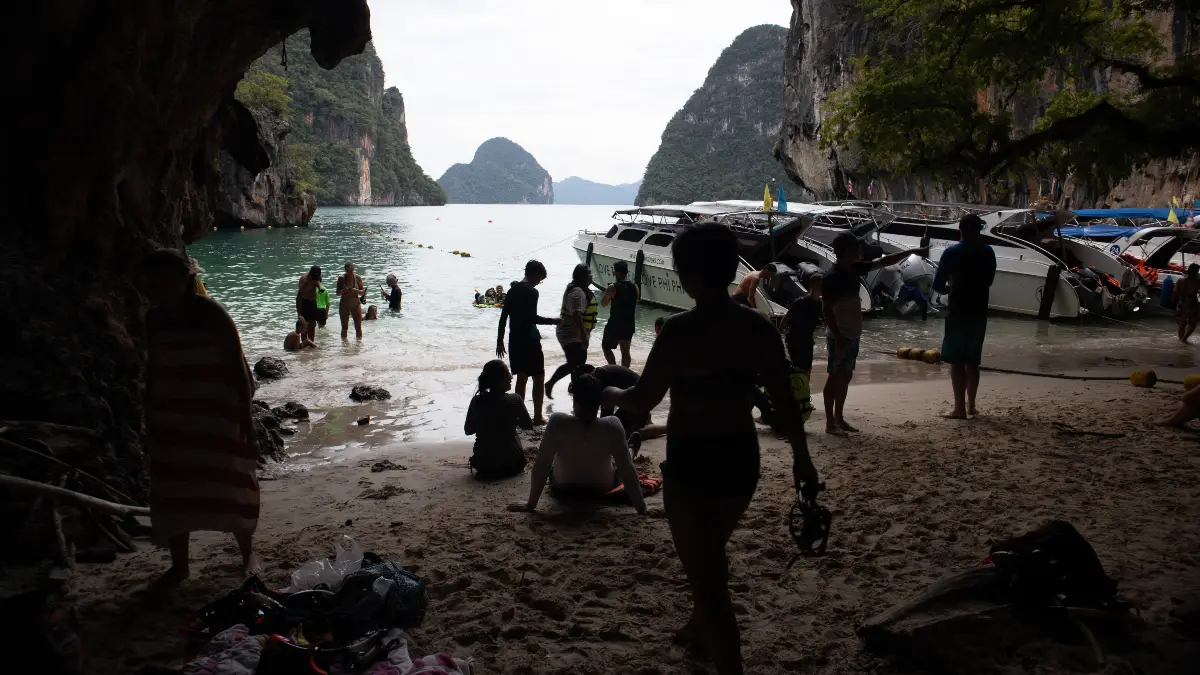
To get what’s happening in Bali, you first need to see how big the problem is. The plastic issue isn’t a small problem that gets cleaned up before the next tourist takes a photo. It’s a huge, overwhelming crisis, and the numbers prove it.
Just How Bad is Bali’s Plastic Problem? The 2025 Numbers
The numbers show a sad story of an island drowning in its own popularity and trash from the area. In 2025, the damage from so many tourists and poor cleanup systems is clear:
- Yearly Waste: Bali makes about 1.6 million tonnes of waste each year. A shocking 303,000 tonnes of that is plastic.
- A Crisis of Mismanagement: More than half of all this waste is never collected. About 33,000 tonnes of plastic ends up in the island’s rivers and ocean every year.
- Seasonal Flood of Trash: The problem gets really bad during the monsoon season, from December to March. Popular tourist beaches in the south, like Kuta and Legian, can get as much as 60 tonnes of plastic trash every single day.
- The National Picture: The problem is made worse because Indonesia is the world’s second-biggest source of ocean plastic, right after China. The country makes 3.2 million tonnes of plastic waste that isn’t managed each year, and about 1.29 million tonnes of that goes into the sea.
This information shows that Bali has two big problems. The island makes a lot of its own pollution, but it’s also a victim of a much bigger trash problem in the region.
Ocean currents, especially the strong “Indonesian Throughflow,” act like a trash conveyor belt. They carry plastic waste from crowded islands like Java and dump it on Bali’s beaches.
This creates a huge environmental mess. Local cleanup groups have to fight two battles at once.
They have to deal with the trash made on the island and also fight a never-ending wave of trash coming from far away. This is why simple local fixes are not enough and why the problem is so big.
Why Is This Happening? 4 Big Reasons for the Plastic Crisis
The plastic mess is not because of one single issue. It’s a mix of four powerful problems that have hurt the island’s natural and man-made systems.
The island can’t handle all the trash:
The main problem is a total failure in waste management. Even though Bali is a top tourist spot, its cleanup systems are not well-developed. In 2021, only 48% of the island’s waste was collected the right way, and only 5% was recycled.
Big landfills, like the Suwung TPA, are full or overflowing, which leads to people dumping trash illegally in rivers. In many country areas, the only choices are to burn trash, which puts poison in the air, or dump it right on the ground.
People use too much single-use plastic:
The ease of throwaway plastic is now a normal part of daily life for both locals and tourists.
The huge number of cheap, single-serving packets for things like shampoo and coffee, plus a heavy use of plastic bags, takeout boxes, and water bottles, creates a giant amount of waste.
Tourism, which makes up over half of Bali’s economy, makes this worse. Millions of visitors add to the need for single-use items.
Rainy season and ocean currents make it worse:
Even nature has become part of the problem. The yearly west monsoon season (December to March) brings heavy rains that wash illegally dumped trash from rivers and landfills into the ocean.
This plastic then joins other trash carried by strong ocean currents, which dump it all on Bali’s southern beaches. This is a regular event that bloggers call the “trash season,” a yearly environmental disaster.
Tourism brings money but also creates more trash:
Tourism is what keeps Bali’s economy going, but it’s also a main cause of the environmental damage that puts its future at risk. The 16 million visitors each year (before the pandemic) make huge amounts of waste.
This puts a lot of pressure on the island’s weak systems. This creates a bad cycle: the same industry that depends on Bali’s beautiful nature is also helping to destroy it.
What You See on Instagram vs. What’s Really on the Beaches
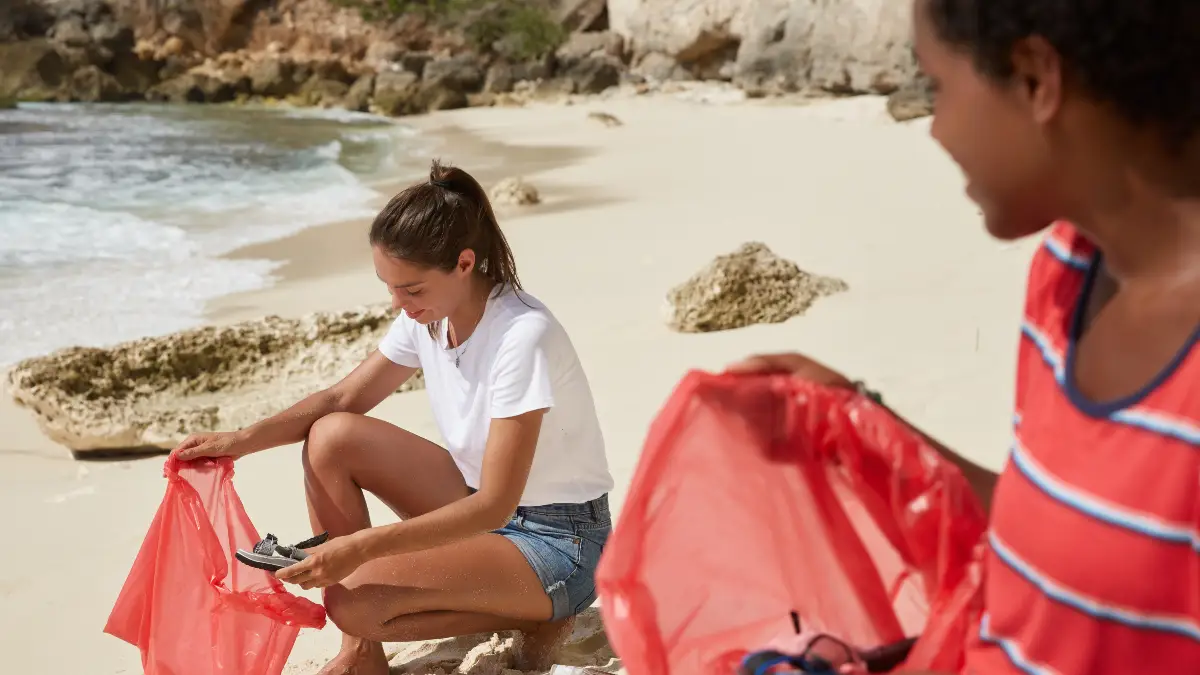
For many people thinking of visiting, their first look at Bali is through a social media influencer’s photo. It’s a picture of perfect beaches, clear water, and quiet peace.
The reality on the ground, however, can be a shocking and disappointing experience. It’s a big difference that many travel writers are now writing about with honesty.
“I Was Shocked”: Travel Bloggers on the Bali They Weren’t Prepared For
Stories from journalists and bloggers show a common feeling of shock. Travel writer Justine from the blog Travel Lush wrote about arriving at the famous Kuta Beach: “I was shocked to see just how dirty it was…
There was so much trash crunching underneath my shoes that I was scared I’d cut or puncture a foot”.
She is not the only one. Journalist Jared Dillingham, who was there for a story on cleanup work, was “completely unprepared for the extent of the plastic problem.” He said the trash pile-up was like Bali’s own “Great Pacific Garbage Patch”.
These stories show an illusion that is carefully kept up. Many fancy resorts and beach clubs work hard to keep their own parts of the beach perfectly clean. This creates clean bubbles of paradise for their guests.
But just a few steps outside these clean areas, the real problem is easy to see. Bloggers talk about walking from a perfect hotel beach into a “nasty mixture of sand, algae, and plastics”.
The beaches that are mentioned most often as having bad pollution are the same ones famous in travel ads: Kuta, Legian, Seminyak, Canggu, and Jimbaran.
This difference shows a big information gap in the tourism industry. The yearly “trash season” is a regular environmental event, not something that happens by chance. But it’s a fact that is almost never mentioned in official tourism ads or many popular guidebooks.
As one blogger wrote, “You always hear about how perfect Bali’s beaches are, but no one ever talks about the trash issue”. This is more than just a mistake. It’s a kind of lie, on purpose or not, that cares more about selling a dream than telling a complicated truth.
It sets up travelers to be disappointed and is unfair to the local people and groups fighting the problem on the front lines.
What’s the Deal with Influencers and the Trash?
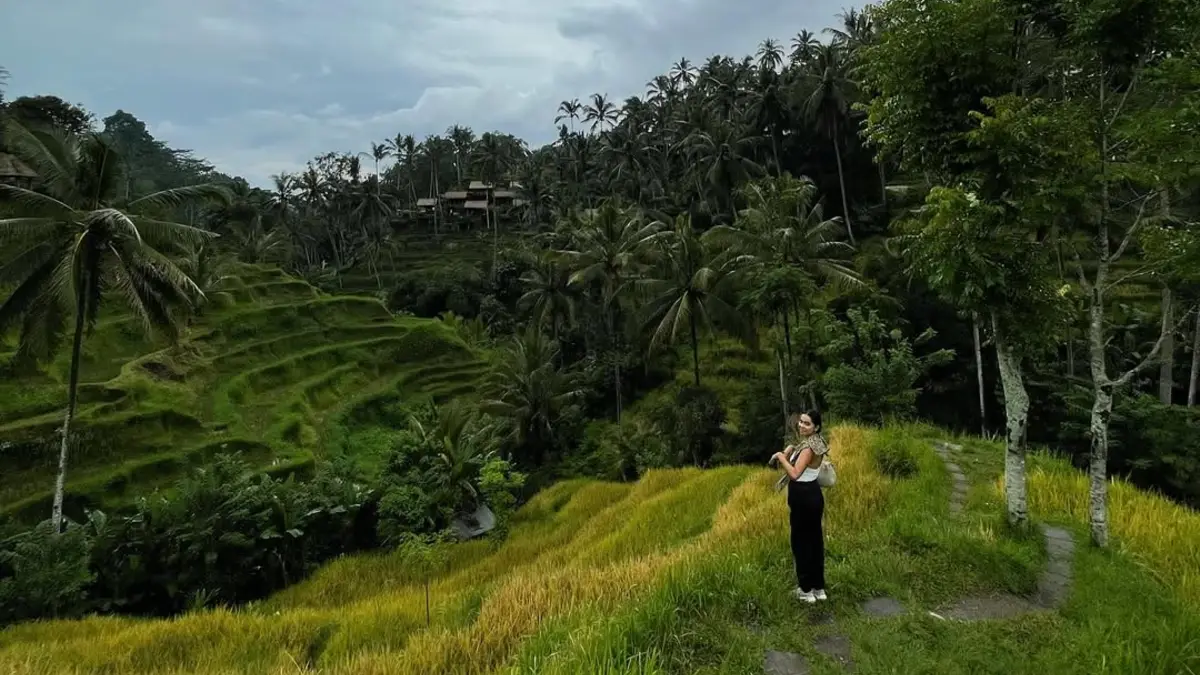
In a time when social media decides where people travel, the influencer is a key person in the story of today’s Bali.
Their part in the plastic problem is complicated. It shows a clash between a dream fantasy and a difficult truth, and it starts a conversation about being real and responsible.
Fake Cleanups: When Influencers Pretend to Help
The conflict between real care for the environment and social media performance has led to several viral stories.
In July 2023, a video was shared around the world of a foreign woman, thought to be an influencer, setting up a beach cleanup just for the camera.
After her friend took the perfect pictures of her holding a trash bag, she did a little dance, gave a thumbs-up, and then just left the full bag of trash on the sand and walked away. People reacted quickly and harshly. One person commented, “She forgot to put herself in the plastic bag”.
A similar thing happened with two influencers who filmed themselves picking up driftwood—not plastic trash—and putting it in garbage bags. They said it was for a video about clearing “negative thoughts.”
They also left the bags behind after they got their video. These events show “performative environmentalism.”
This is when the main reason for doing something is not to help the planet, but to make content that makes you look good and caring for social media fame.
Are Influencers Really Leaving Bali?
The idea that influencers are leaving the island is not as simple as a mass exit. There is not much proof of a lot of people physically leaving. But a bigger change in reputation and ideas is happening.
The travel influencer business is mostly about selling a perfect, easy dream. A beach covered in plastic trash is the opposite of this dream. It looks bad, feels upsetting, and brings up a difficult, negative story that is hard to make money from with brand deals.
This puts content creators in a tough spot. They can ignore the problem and seem out of touch, which hurts their credibility. They can do fake cleanups and risk being called frauds, as the viral stories show.
Or, they can truly get involved, which takes a lot of deep work, learning, and effort that might not fit their brand of fun travel. With these choices, many may just pick “cleaner,” easier places where the paradise story is easier to keep up.
So, the “abandonment” is really about leaving Bali behind as a simple background for perfect photos.
The island’s environmental problem has become a filter. It pushes away those who sell fantasy and attracts a new type of creator who is willing to deal with its difficult reality.
The Real Heroes: Activists Making a Difference
Unlike the fake posers, there are people like Melati and Isabel Wijsen. As young teens, upset by the plastic choking their home island, they started the group “Bye Bye Plastic Bags”.
They are the opposite of influencers: their platform was built for real political action, not for personal fame.
Through petitions, speeches, and non-stop work—including a hunger strike—they successfully pushed the governor of Bali to promise a ban on single-use plastic bags, straws, and Styrofoam. This ban was put in place in 2018.
Their story shows how the problem itself can create a more real and strong kind of influence. They used their growing platform to make leaders accountable and start a global youth movement.
They proved, as Melati has said, “We can’t wait until we’re older. It has to be now”. Their work gives a strong counter-story, showing that real influence is measured in lasting change, not in likes.
The People Working to Fix the Problem
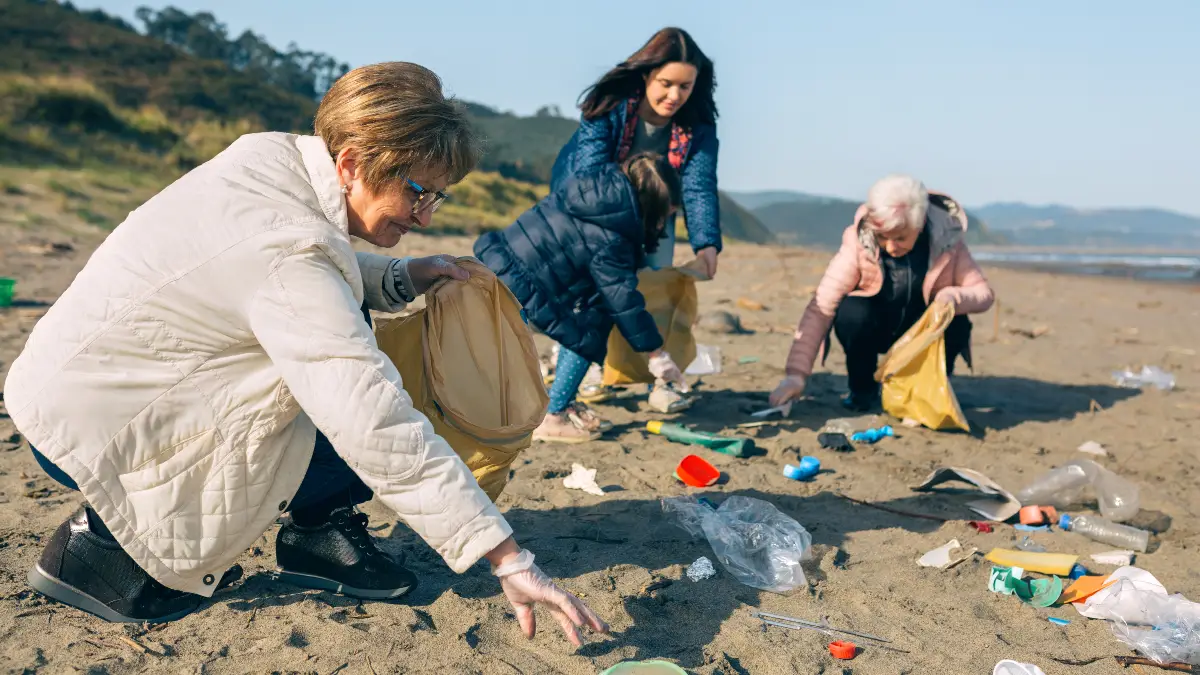
While the problem is huge, a strong and smart movement of non-governmental organizations (NGOs) has stepped up to help. These groups are on the front lines. They are using clever solutions and getting communities involved to fight plastic pollution.
Sungai Watch: Stopping Trash in the Rivers
Sungai Watch, started by the siblings from the “Bye Bye Plastic Bags” movement, has created a plan of interception. Their main goal is to stop plastic trash in rivers before it can get to the ocean.
They do this by making and setting up simple, good floating trash barriers that go across a river. These barriers catch trash as it floats down.
Their work has made a big, real difference. As of early 2025, Sungai Watch has put in 368 barriers, collected over 3.6 million kilograms (almost 8 million pounds) of plastics, cleaned 260 villages, and held over 1,800 community cleanups.
Their big goal is to put 100 barriers in Bali’s most polluted rivers. For travelers who want to help in 2025, Sungai Watch has ways to get involved on their website. You can sign up for volunteer cleanup days, pay for a barrier, or use their “Sungai Hotline” to report a dirty river.
4ocean: Cleaning the Ocean and Creating Jobs
While Sungai Watch focuses on stopping trash, the global group 4ocean works on extraction. Their smart business plan pays for a full-time, professional cleanup crew by selling bracelets and other items made from recycled materials.
Every item you buy pays for a certain amount of trash to be removed from oceans, rivers, and coastlines.
In 2025, their work in Bali and Java is very busy. Recent cleanups have focused on important areas like Kedonganan Beach (June 2025), where they took out over 1,000 lbs of plastic, the Bago Estuary (February 2025), clearing almost 2,000 lbs, and Santen Island (February 2025), taking out over 1,600 lbs of total waste.
Besides cleaning up, 4ocean is building a lasting local economy. Their artisan program in Bali gives jobs to about 200 people. 80% of them are women in country villages who put the bracelets together by hand.
This gives them a steady income that is directly linked to the success of the cleanup effort. It helps communities become part of building a cleaner future.
The growth of these strong organizations shows a big change in how the environment is managed. Since the public waste systems are not good enough, NGOs like Sungai Watch and 4ocean are filling the gap.
They are not just charities holding weekend cleanups. They are acting like private cleanup agencies. They use modern tech, data, and steady funding plans to do what is basically a public service.
This brings up a big question for the future: are these groups a short-term fix for a broken system, or are they creating a new, faster, and better way to care for the environment in the 21st century?
Your 2025 Action Plan to Help Bali
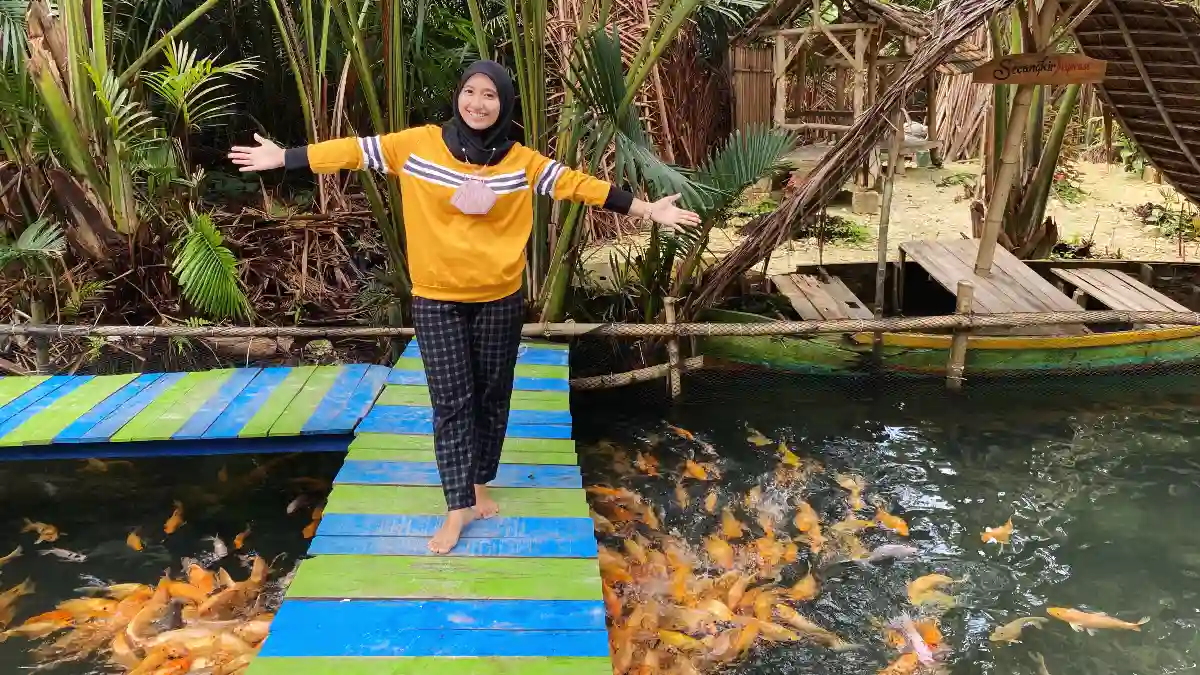
Knowing about the problem is the first step; taking action is the second. For travelers visiting Bali in 2025, there are more ways than ever to have less of an impact and help with the solution. This is a guide to being more than just a tourist.
It’s about becoming a regenerative traveler—someone who leaves the island better than they found it.
Before You Go: Pack for a Plastic-Free Paradise
A good trip starts at home. Packing a few important things can greatly lower your plastic use on the island:
- Reusable Water Bottle/Tumbler: A must-have for drinking water in the hot weather without adding to the pile of plastic bottles.
- Reusable Shopping Bag: A light cotton or jute bag is great for markets and stores, so you can say no to single-use plastic bags.
- Reusable Straw and Cutlery Set: A bamboo or stainless steel set is easy to carry and helps you refuse throwaway plastics at local eateries and cafes.
- Reusable Container: Great for takeout or packing snacks, helping you avoid Styrofoam and plastic food boxes.
- Reef-Safe Sunscreen: Pick sunscreens with zinc oxide or titanium dioxide to protect Bali’s delicate coral reefs from bad chemicals like oxybenzone.
On the Ground: Your Day-to-Day Guide to a Lighter Footprint
Once you are in Bali, small, smart choices you make every day can make a big difference together:
- Hydration: Use the growing number of water refill stations in cafes, restaurants, and hotels. Apps like RefillMyBottle can help you find them.
- Dining: When you order drinks, politely say “Tanpa sedotan, ya” (No straw, please). Try to eat in instead of getting takeout. When you order food delivery on apps like GoJek or Grab, make sure to pick the “no cutlery” option.
- Shopping: Avoid plastic-heavy supermarkets by shopping at local markets (pasars). This cuts down on packaging waste and also helps local farmers and sellers. For other items, look for Bali’s growing number of zero-waste stores, like Zero Waste Bali and Alive Wholefoods.
- Policy Awareness: Know that your own efforts are supported by the government. In 2025, the “Bali Clean Waste Movement” started with a big goal to make the island waste-free by 2027. Also, a ban on plastic products under one liter, like small water bottles, will be in full effect by January 2026 in malls and hotels.
Beyond the Basics: How to Actively Support the Solution
To do even more, you can get involved with and support the groups and businesses that are leading the way in sustainability:
Stay Sustainably:
Pick places to stay that are known for being eco-friendly. Certified eco-resorts like Bambu Indah (Ubud), Suarga Padang Padang (Uluwatu), and Sarinbuana Eco Lodge (Tabanan) use sustainable design, reduce waste, and support local communities.
Volunteer Your Time:
Join a hands-on cleanup. Weekly beach cleanups happen often in popular spots like Canggu, Kuta, and Sanur. For a more organized event, check the official calendar on the Sungai Watch website and join one of their river cleanups.
Support the Vanguards:
Give money to or buy products from groups like 4ocean and Sungai Watch. This directly pays for their cleanup work and community programs.
For longer stays, think about using services like ecoBali Recycling to make sure your waste is handled right.
Tour Consciously:
Pick experiences that help conservation and local culture. A visit to the Jatiluwih Rice Terraces, a UNESCO World Heritage site, teaches you about Bali’s old and sustainable subak water system and supports eco-tourism.
This table gives you a quick summary of the most important things a traveler can do in 2025.
| Action Category | Specific Action | Key Resources & Brands (2025) |
| Reduce Plastic | Carry a reusable bottle and refill it. | RefillMyBottle app, many cafes/hotels. |
| Say no to straws, bags, and takeaway containers. | Learn “Tanpa sedotan, ya”. Bring your own bag/container. | |
| Shop at zero-waste stores and local markets. | Zero Waste Bali, Alive Wholefoods, local pasars. | |
| Travel Smart | Choose certified eco-friendly accommodations. | Bambu Indah (Ubud), Suarga Padang Padang (Uluwatu). |
| Use reef-safe sunscreen to protect marine life. | Look for mineral-based (zinc) sunscreens. | |
| Choose eco-friendly laundry services. | Heavenly Laundry, Swastee Eco Laundry. | |
| Get Involved | Volunteer for a cleanup. | Sungai Watch (river cleanups), weekly beach cleanups. |
| Support key environmental NGOs. | Donate to or buy products from Sungai Watch & 4ocean. | |
| Support local recycling infrastructure. | For long-term stays, use ecoBali Recycling services. |


